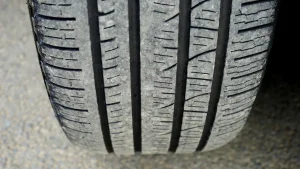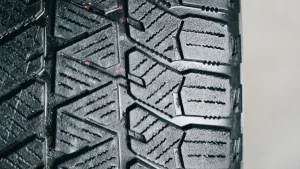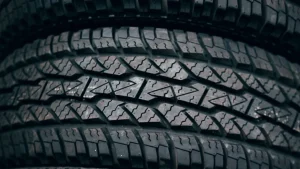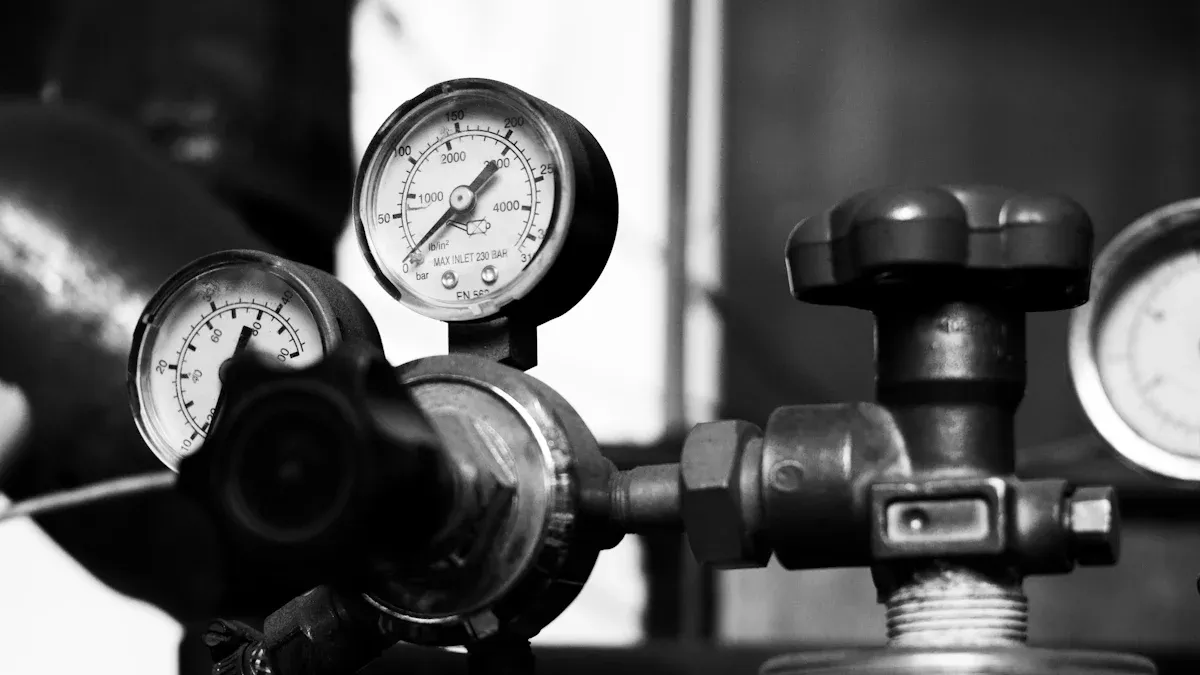
Accuracy in checking tire tread is very important for vehicle safety. Tires with a tread thickness under 1.6 mm are three times more likely to cause accidents. So, using portable tools that give reliable measurements is very important. New technology, like laser scanning and AI solutions, improves the accuracy of these tools. By doing an accuracy test, you can make sure your portable tire tools give exact readings. This will help create safer driving experiences.
Punti chiave
Check your portable tire tools often to get correct measurements. This helps prevent errors that can affect vehicle safety.
Keep your measurements the same by using the same starting point and method each time. This habit leads to trustworthy tire checks.
Do comparison tests with a reliable tool to confirm your measurements are correct. This step helps find any differences in your readings.
Think about things like temperatura e umidità when measuring tire tread. These factors can greatly change your results.
Lower mistakes by following set procedures and practicing often with your tools. This method improves measurement accuracy and safety.
Calibration Accuracy Test
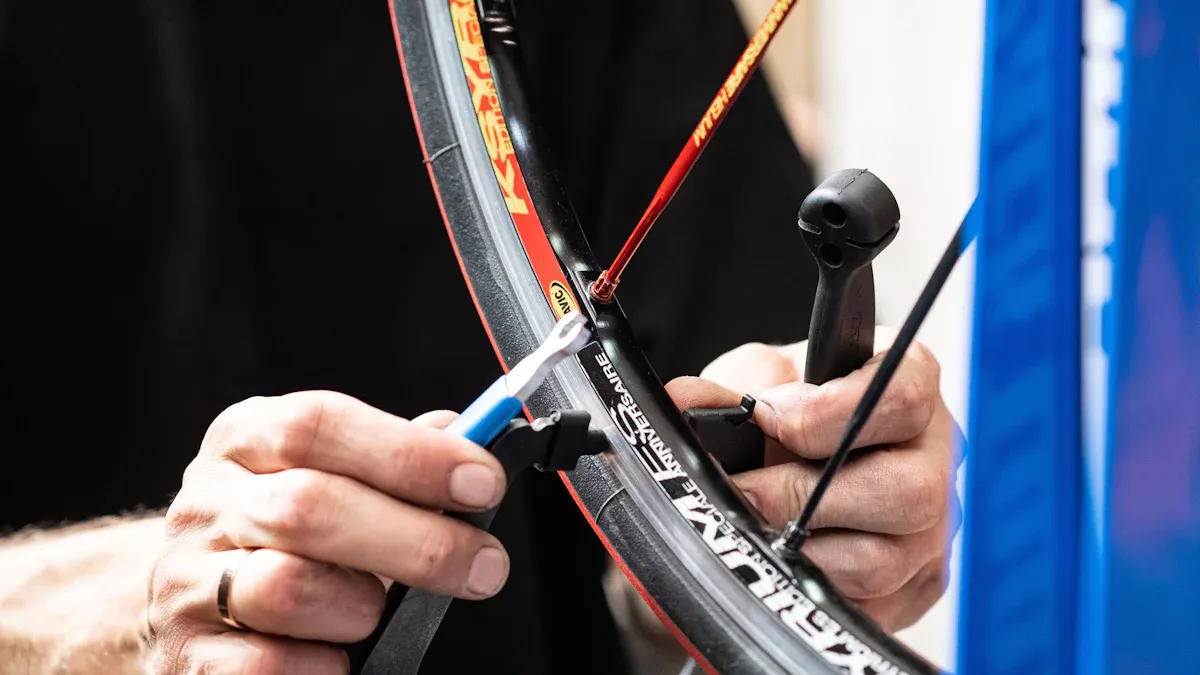
Calibration Purpose
Calibration is very important for your portable tire tools. When you calibrate, you check that they give correct measurements. This helps avoid mistakes that can make driving unsafe. For example, calibrating load cells affects how accurate the measurements are. Studies show that using known weights for calibration gives reliable data. If you don’t calibrate properly, your tools might give wrong readings. This can put safety at risk.
Here are some key reasons why calibration is important:
It checks the accuracy of your measurements.
It lowers the chance of mistakes in tire tread checks.
It improves the reliability of your tools over time.
Calibration Methodology
To do a calibration accuracy test, follow these steps:
Gather Equipment: Get your portable tire tool and some known weights. Make sure the weights are correct and good for calibration.
Set Up the Tool: Put your tire tool on a flat surface. Ensure it is clean and has no dirt that could change measurements.
Perform Calibration: Use the known weights to test the tool. Start with the lightest weight and go up to the heaviest. Write down the measurements for each weight.
Analyze Results: Compare what you recorded with the known weights. Check for any differences. If the differences are too big, recalibrate the tool.
Repeat Regularly: Make calibration a regular part of your maintenance. Regular checks help keep accuracy over time.
By following these steps, you can make sure your portable tire tools stay reliable and accurate. Remember, regular calibration is key for getting precise measurements and improving safety on the road.
Consistency Accuracy Test
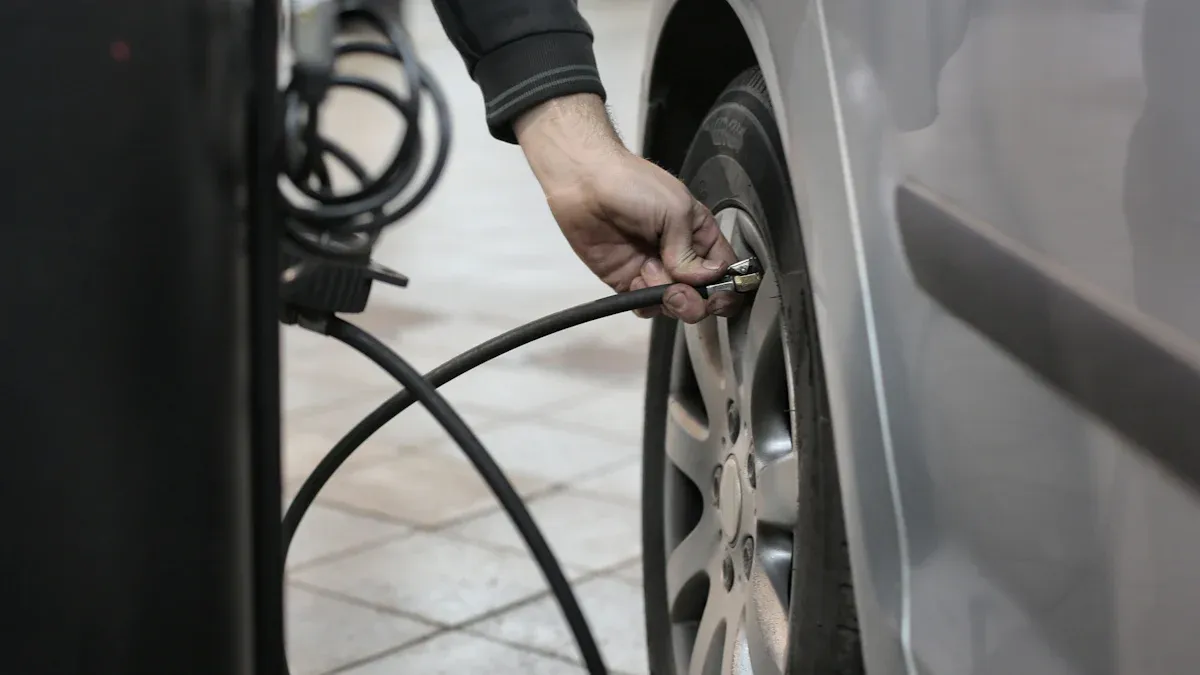
Importance of Consistency
Consistency is very important for getting reliable measurements when checking tire tread. When you measure tire tread depth, you want the same results every time. This helps you make smart choices about your vehicle’s care. Regular checks with a tread depth gauge help keep tires safe. This practice makes driving safer and better. By checking these measurements often, you can make sure your tires are reliable and last longer.
Here are some key benefits of keeping consistency in tire tread measurements:
Regular tire checks keep your vehicle safe and performing well.
Checking tire tread depth and spotting uneven wear can help with better maintenance choices.
Adding tread depth checks to your regular tire care can greatly improve your safety on the road.
Knowing how to check tire tread depth helps you make smart tire maintenance and replacement choices.
Conducting the Test
To do a consistency accuracy test, follow these steps:
Select a Reference Point: Pick a specific spot on the tire to measure. This spot should stay the same for each measurement to keep things consistent.
Take Multiple Measurements: Use your portable tire tool to measure the tread depth at the chosen spot. Write down the measurement. Do this at least three times, making sure to use the same pressure and angle each time.
Analyze the Results: Look at the measurements you recorded. If they are close together, your tool is consistent. If there are big differences, you might need to recalibrate or replace your tool.
Document Your Findings: Keep a record of your measurements. This log can help you see trends over time and make better maintenance choices.
By following these steps, you can make sure your tire tread measurements stay consistent. This consistency is key for making accurate assessments about your tires and keeping your vehicle safe.
Comparison Accuracy Test
Purpose of Comparison
Comparison is very important for checking your portable tire tools. When you compare your tool’s measurements with a trusted tool, you can find any mistakes. This helps keep your measurements reliable and steady. Studies show that comparing tools can give you useful information about how well they work.
When you do a comparison accuracy test, you can:
Confirm how precise your measurements are.
Spot any problems with your tool.
Boost your trust in the readings you get.
Comparison Steps
To do a good comparison accuracy test, follow these steps:
Select a Reference Tool: Pick a reliable tool that is already calibrated. This tool should be known for being accurate.
Prepare the Measurement Area: Make sure the area where you will measure is clean and clear of dirt. This helps keep your measurements correct.
Take Measurements: Use both your portable tire tool and the reference tool to measure the same tire tread depth. Write down the results from both tools.
Analyze the Results: Compare the measurements from your tool with those from the reference tool. Look for any big differences. If the readings are very different, it might mean you need to calibrate or replace your tool.
Document Your Findings: Keep a detailed record of your comparison tests. This log can help you see how your tools perform over time and help you make smart maintenance choices.
By following these steps, you can check the accuracy of your portable tire tools. Regular comparison accuracy tests will help you keep high standards in tire tread checks, which leads to safer driving experiences.
Environmental Impact Test
Factors to Consider
When you check how accurate your portable tire tools are, think about different environmental factors. These factors can change your measurement results a lot. Here are some important things to remember:
Temperature: Very hot or cold weather can change your tire tools. This can cause wrong readings.
Humidity: High humidity can make water build up on your tools. This water can mess up measurements.
Road Conditions: Different surfaces like gravel or asphalt can change tire wear. You need to think about these differences when measuring tread depth.
Driving Style: Fast or rough driving can wear tires out quicker. Knowing this helps you understand your measurements better.
Testing Methodology
To do a good environmental impact test, follow these steps:
Conduct Real-World Testing: Measure in different conditions. This means testing in various temperatures, humidity levels, and road types. Real-world testing gives you trustworthy data, as shown by the European automotive industry.
Standardize Protocols: Use the same methods for measuring tire tread depth. This helps make sure your results are similar across different tests.
Consider Driving Parameters: Think about things like driving style and road conditions. These factors can really change tire wear.
Document Findings: Keep a detailed record of your measurements and the conditions when you took them. This will help you see patterns and make smart choices about tire care.
Review and Adjust: Regularly check your testing methods. Change them if needed to make accuracy and reliability better.
By following these steps, you can check how the environment affects your tire tool measurements. This accuracy test is very important for making sure your tools give reliable data, which helps create safer driving experiences.
User Error Accuracy Test
Identifying User Errors
User errors can really affect how accurate your tire measurements are. These mistakes usually happen because of not using the tools correctly or not understanding how they work. For example, if you don’t hold the tool at the right angle, your readings might be wrong. Also, if you hurry while measuring, you could miss important details.
Some common user errors are:
Incorrect positioning: Not putting the tool flat against the tire.
Inconsistent pressure: Using too much or too little pressure when measuring.
Rushed measurements: Taking readings too fast without checking for accuracy.
Noticing these errors is the first step to getting better measurement accuracy.
Mitigating User Error
To lower user errors, you can use some helpful strategies. One great way is to use a mobile scanning tool. This tool takes pictures and measures many points on the tire tread quickly. It gives a full check of tire health. This method greatly cuts down on human error and makes sure data is collected fairly, which is very important for safety.
Here are some more strategies to help reduce user error:
Use a Mobile Scanning Tool:
Aim the scanning device at the tire.
The software changes the data into a digital format.
Follow a Standardized Procedure:
Always use the same way to measure tire tread depth.
Make sure you know how to use the tool before starting.
Practice Regularly:
Get used to the tool by practicing.
Using it often helps build confidence and accuracy.
Document Your Measurements:
Keep a record of your readings.
This helps you see trends and find any mistakes.
By using these strategies, you can improve the accuracy of your tire measurements and help make driving safer.
Accuracy tests are very important for checking tire tread. Doing these tests often can make your vehicle safer. Research shows that using calibrated tools helps find tire wear early. This is key for taking care of your tires. Here are some long-term benefits of doing these tests:
Better vehicle safety by finding worn tires and stopping blowouts.
Longer tire life with better care and fewer replacements.
Faster inspections, making it easier to check tires.
Make accuracy tests a main part of your maintenance. By focusing on these checks, you will have safer driving and better tire performance.
FAQ
What is the best way to calibrate my portable tire tool?
To calibrate your portable tire tool, use weights you know. Put the tool on a flat surface, add the weights, and write down the measurements. Compare these with the known weights to check if they are correct.
How often should I perform accuracy tests?
You should do accuracy tests at least once a month. Regular checks help keep your tire tools working well and make sure your measurements are right for safer driving.
Can environmental factors affect my measurements?
Yes, things like temperature and humidity can change your measurements. Always think about these conditions when testing to get accurate results.
What should I do if my tool shows inconsistent readings?
If your tool gives different readings, recalibrate it right away. If it still has problems, think about replacing the tool to make sure your tire tread measurements are correct.
How can I reduce user errors during measurements?
To lower user errors, follow a set way to measure. Practice often with your tool and keep track of your findings to spot any mistakes over time.
Vedi anche
Padroneggiare i misuratori di profondità del battistrada per misurazioni precise
L'importanza di monitorare la profondità del battistrada delle gomme per la sicurezza
Comprendere i rilevatori intelligenti di profondità del battistrada e il loro funzionamento

